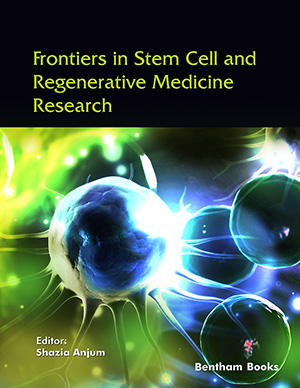
Abstract
Purpose: The survival of paediatric oncology patients has improved substantially in the past decades due to advances in the field of oncology. Modern cancer treatments often come with life-threatening complications, of which infection is one of the most common causes in this patient population. This study aims to investigate the prevalence and outcomes of common infections in haemato-oncology patients during their stay in paediatric intensive care unit (PICU) and to identify any factors associated with these infections.
Methods: A retrospective observational study was conducted on all children with a haemato-oncology diagnosis or who underwent haematopoietic stem cell transplantation (HSCT) and who were admitted to the Hong Kong Children’s Hospital PICU over a one-year period. Infection characteristics and patient outcomes were evaluated and compared between different sub-groups. Univariable and multi-variable analyses were employed to identify risk factors associated with the development of active infection.
Results: Forty-five (36.3%) of 124 critically ill haemato-oncology admissions to PICU were associated with infections, of which 31 (25%) admissions involved bacterial infections, 26 (20.9%) involved viral infections and 6 (4.8%) involved fungal infections. Bloodstream infection was the most common type of infection. More than half (61.3%) of the bacterial infections were due to an antibiotic-resistant strain. After adjusting for confounding variables, post-HSCT status and neutropenia were significantly associated with active infections.
Conclusion: Infections in critically-ill haemato-oncological patients are associated with post haematopoietic stem cell transplant status and neutropenia. Further study is warranted to review effective strategies that may mitigate the likelihood of infection in this patient population.
Keywords: Critical care, critical illness, haematology, infection, intensive care, oncology, paediatrics, paediatric intensive care unit, stem cell transplantation.
 18
18


























